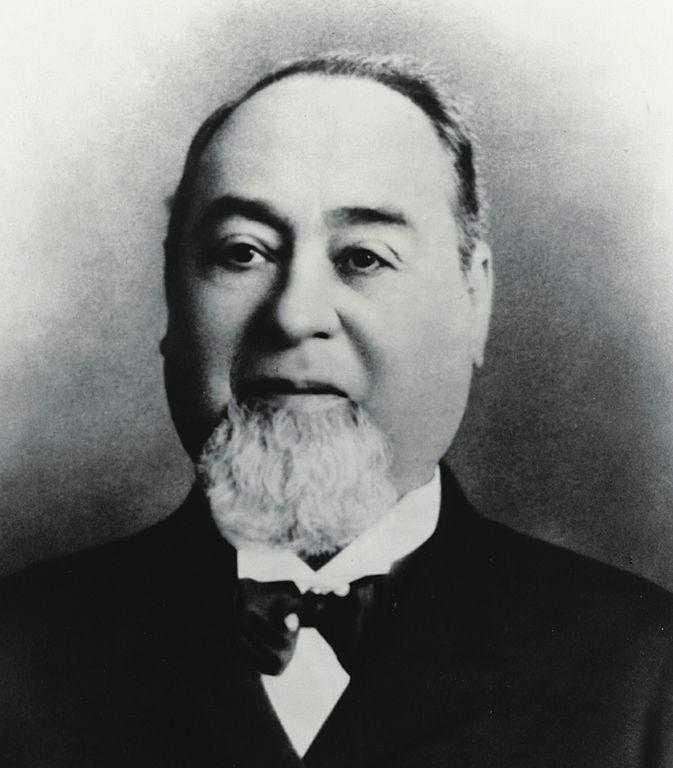Jeans are a staple in every American’s wardrobe. From farmers and cowboys to rock stars and celebrities, everyone loves jeans. They are versatile, comfortable, and stylish. But how did this quintessential American clothing item come to be? In this article, we will explore the fascinating history of jeans and denim.
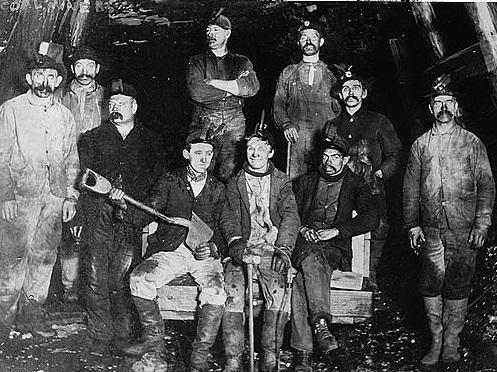
Coal Miners often wore jeans. This image is from around 1910. Source: Library of Congress
The Birth of Jeans
Jeans were invented by Jacob Davis and Levi Strauss in 1873. Jacob Davis, a tailor from Nevada, was looking for a way to reinforce the seams on his work pants. He came up with the idea of using copper rivets to make the pants more durable. Davis had a customer who was interested in his invention, but he needed someone to help him patent it. That’s when he turned to Levi Strauss.
Levi Strauss was a German immigrant who had come to America to start a dry goods business. When he heard about the gold rush in California, he decided to move west and set up shop in San Francisco. It was there that he met Jacob Davis and saw the potential in his idea. The two men became partners and started producing pants reinforced with copper rivets. They called them “waist overalls” at the time, but the name didn’t stick.
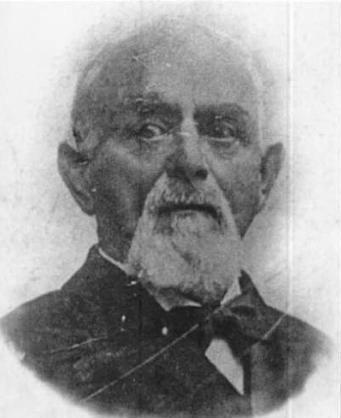
Jacob W. Davis – inventor of jeans (1831–1908)
The name “jeans” actually comes from the French word for Genoa, Italy, where a type of cotton corduroy called “jeane” was manufactured. This fabric was used to make work pants for sailors, and it eventually became known as “jeans.”
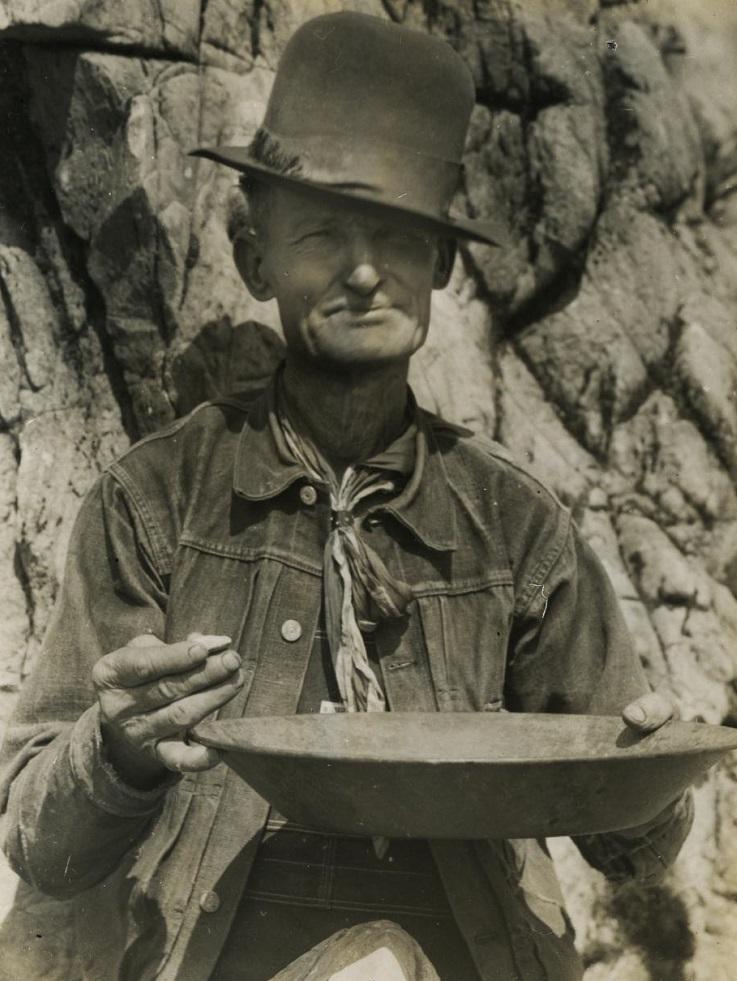
John Stone With Gold Mining Pan. Wearing a jean jacket and pants. August 1939. Source: Library of Congress
Jeans in the Early 20th Century
In the early 1900s, jeans were still primarily worn by workers. They were sturdy and durable, and they could withstand the rigors of manual labor. But as the 20th century progressed, jeans began to take on a new meaning.
In the 1930s and 1940s, jeans became popular among teenagers. They were worn as a symbol of rebellion against authority. Marlon Brando and James Dean helped popularize the look in their movies, and soon, jeans were a staple of youth culture.
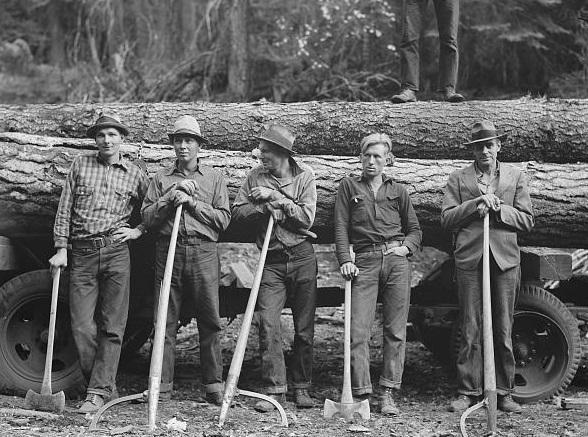
Five Idaho farmers, all wearing jeans. These men were members of the Ola self-help sawmill co-op, in the woods standing against a load of logs ready to go down to their mill about three miles away. Gem County, Idaho. 1939. Source: Library of Congress
Jeans in the Late 20th Century
In the 1960s and 1970s, jeans became more mainstream. They were no longer just worn by rebels and teenagers. Everyone from housewives to businesspeople wore them. Jeans were no longer just a symbol of rebellion; they were a symbol of comfort and casual style.
During this time, jeans also underwent some changes. The zipper was moved to the front of the pants, and new styles were introduced, such as bell-bottoms and flares. Jeans became more colorful and more ornate, with embroidery and other embellishments.
Jeans Today
Today, jeans are still a staple in everyone’s wardrobe. They come in a variety of styles, from skinny jeans to wide-leg jeans. They are made in a range of colors and washes, from dark indigo to light blue. And while they may no longer be a symbol of rebellion, they still represent a certain kind of cool and casual style.
Jeans are also big business. According to some estimates, the global denim market is worth over $60 billion. Brands like Levi’s, Wrangler, and Lee are household names, and new brands are popping up all the time.
Conclusion
Jeans have come a long way since their invention in the 19th century. From work pants to symbols of rebellion to mainstream fashion items, they have remained a constant presence in our culture. Whether you’re wearing them to work, out on a date, or just lounging around the house, jeans are always in style. And as long as there are people who need comfortable and durable clothing, they will continue to be a staple in our wardrobes.
In recent years, there has been a growing movement towards sustainability in fashion, and jeans are no exception. Many companies are now using eco-friendly materials and production processes to create denim that is both stylish and environmentally responsible.
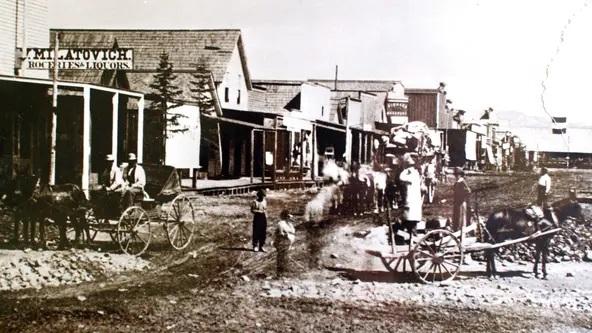
In 1868, Jacob Davis, who had been working as a tailor in different states, settled in Reno, Nevada. He helped Frederick Hertlein establish Reno’s first brewery, but eventually opened up his own tailoring business on N. Virginia Street. This photo from 1868 shows downtown Reno, including Jacob Davis’ tailor shop. Source: Nevada Historical Society
Additionally, there has been a push towards inclusivity in the fashion industry, and this includes jeans. Brands are offering a wider range of sizes and styles to accommodate different body types and preferences, making it easier for everyone to find a pair that fits and flatters.
Overall, jeans have evolved from practical workwear to a versatile and iconic fashion staple. They have stood the test of time and continue to be a beloved wardrobe essential for people of all ages and backgrounds.
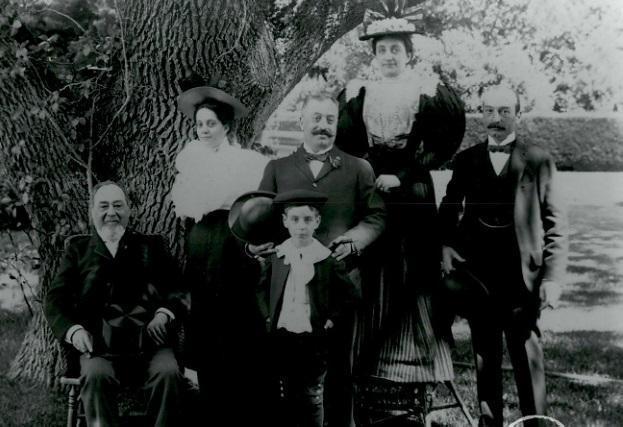
Levi Strauss and his family. Levi Strauss started up a wholesale business, going by the name of Levi Strauss & Co. He’d import all sorts of goods from his brothers out in New York, including clothes, bedding, combs, purses, and handkerchiefs. Now, this Levi fella was a real innovator, and he started making tents and, later on, jeans. That’s where Jacob W. Davis comes in. He was a customer of Levi’s, and he came up with the idea of riveted denim pants. Well, in 1871, Davis went into business with Strauss, and the two of ’em started producing blue jeans. They even got themselves a patent for this new style of work pants in 1873.
References:
- https://en.wikipedia.org/wiki/Jeans
- http://www.historyofjeans.com/
- https://www.vogue.fr/fashion/article/vogue-encyclopaedia-the-history-of-denim-jeans
- https://www.hawthornintl.com/history-of-denim
- Nevada Culture
- https://www.loc.gov/resource/fsa.8b35378/
- https://www.loc.gov/item/today-in-history/january-24/
- https://www.loc.gov/item/2014690192/
- https://www.levistrauss.com/2013/03/14/the-story-of-levi-strauss/


